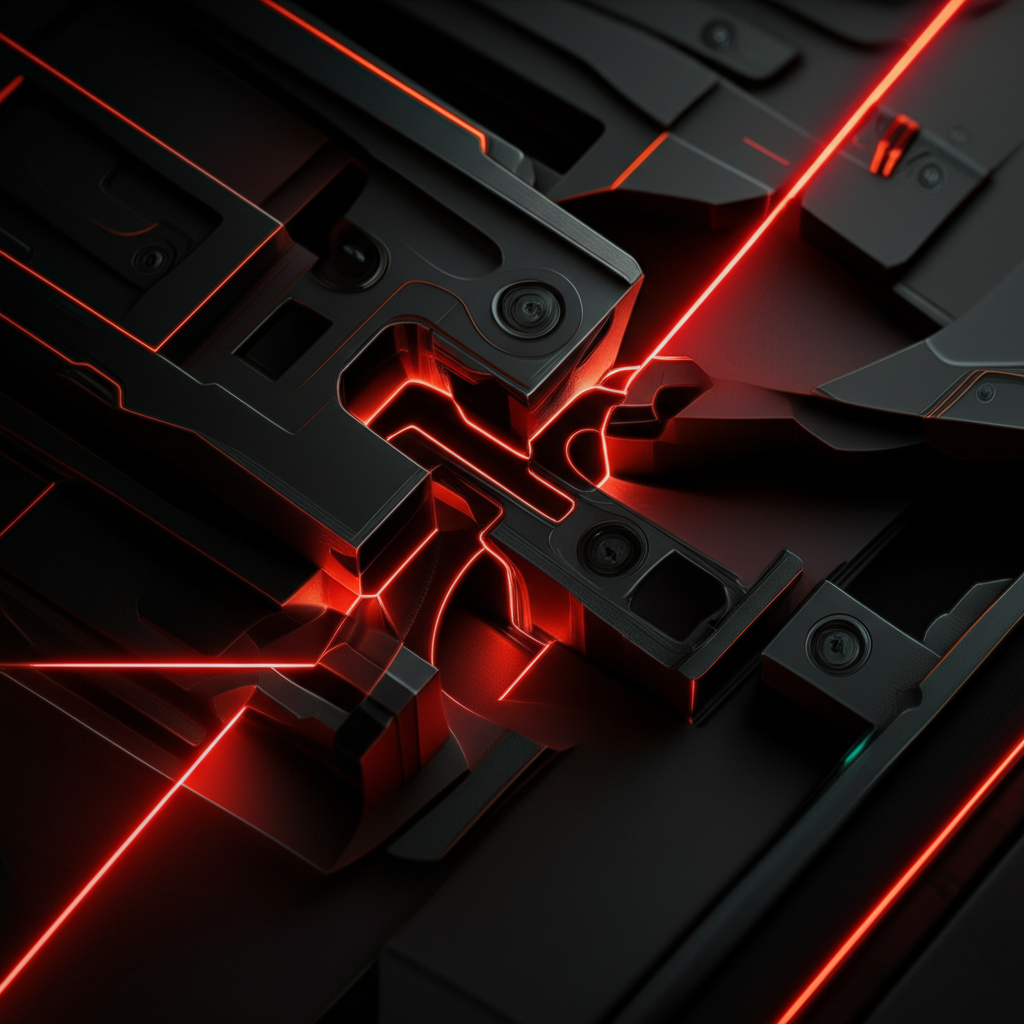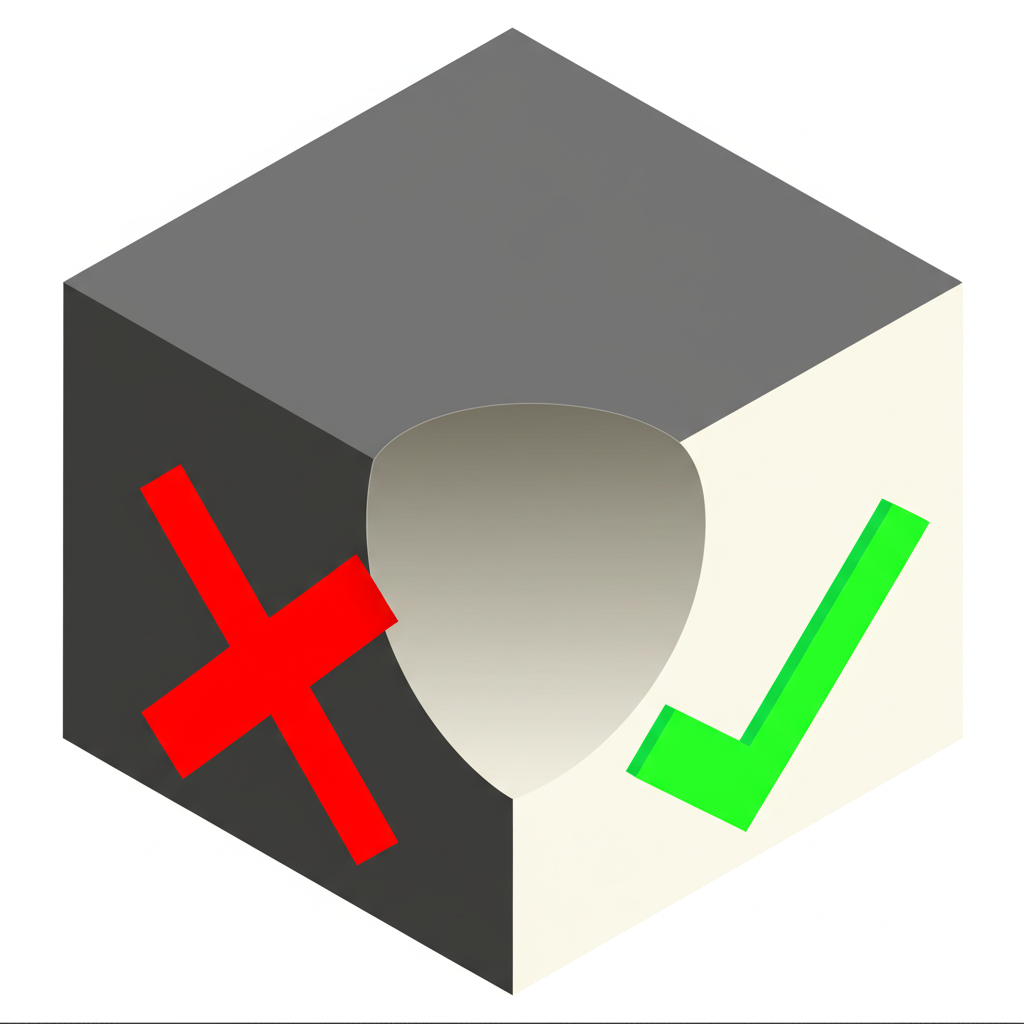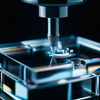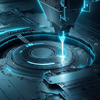5 Costly CNC Machining Mistakes and How to Avoid Them

TL;DR
The most common CNC machining mistakes fall into three main categories: design flaws, operational errors, and inadequate maintenance. Critical design errors include specifying unnecessarily tight tolerances and designing features like sharp internal corners or tall, thin walls. Operational mistakes often involve incorrect programming, using the wrong tools, or setting improper speeds and feeds. Finally, neglecting routine machine maintenance leads to overheating, reduced accuracy, and costly downtime. Avoiding these pitfalls is essential for improving part quality, reducing production costs, and extending the life of your equipment.
Critical Design-for-Manufacturability (DFM) Errors
Many costly CNC machining mistakes occur long before a block of material ever meets a cutting tool. Errors made during the design phase can create impossible-to-machine features, dramatically increase production time, and inflate costs. By focusing on Design for Manufacturability (DFM), engineers can prevent these issues upstream. Paying attention to a few key areas ensures a smoother, more efficient, and cost-effective manufacturing process.
1. Ignoring Internal Corner Radii
A frequent design oversight is specifying sharp, 90-degree internal corners. CNC milling tools are cylindrical, and therefore they cannot create a perfectly sharp internal angle; they will always leave a radius. Attempting to create a sharp corner requires progressively smaller tools or secondary processes like Electrical Discharge Machining (EDM), both of which are time-consuming and expensive. The simple solution is to design internal corners with a radius that is slightly larger than the radius of the cutting tool. A good rule of thumb is to make the radius at least 1/3 of the cavity's depth to allow for a sufficiently large and rigid tool.
2. Specifying Unnecessarily Tight Tolerances
While CNC machines are capable of achieving extremely tight tolerances, not every feature on a part requires them. Applying tight tolerances across an entire design is one of the fastest ways to increase costs. Each decimal point added to a tolerance requirement can demand more precise machinery, slower cutting speeds, additional inspections, and specialized tooling, all of which add to the final price. It's crucial to analyze the part's function and apply tight tolerances only to critical features and surfaces where they are absolutely necessary for assembly or performance. For non-critical dimensions, using standard tolerances will significantly reduce machining time and cost.
3. Designing Tall, Thin Walls
Tall walls with a low thickness-to-height ratio are notoriously difficult to machine accurately. As a cutting tool moves along a thin wall, the pressure can cause the material to deflect or vibrate. This phenomenon, known as "chatter," results in a poor surface finish and makes it challenging to hold tight tolerances. In extreme cases, the wall can bend or even break during machining. To avoid this, a good guideline is to maintain a width-to-height ratio of at least 1:3. If a thin wall is unavoidable, adding supporting ribs or reducing its height can improve rigidity and ensure a better outcome.
Common Operational and Programming Mistakes
Even a perfectly designed part can be ruined by errors during the setup and operation of the CNC machine. The skill of the machine operator and the accuracy of the programming are just as critical as the initial design. These operational mistakes can lead to tool breakage, damaged workpieces, and significant machine wear. Understanding these common pitfalls is the first step toward preventing them on the shop floor.
Programming errors are a significant source of issues, often stemming from incorrect G-code or M-code entries, or improper data input into the controller. This can cause the machine to perform unintended movements, leading to crashes or scrapped parts. Another frequent mistake is selecting the wrong cutting tool for the material or application. Using a tool not suited for the job can cause excessive wear, burn marks on the workpiece, and poor surface quality. Each material, from aluminum to hardened steel, requires a specific tool geometry, coating, and material to achieve optimal results.
Closely related to tool selection is the use of sub-optimal speeds and feeds. Cutting too slowly can generate excessive heat, causing the material to burn or the tool to dull prematurely. Conversely, cutting too quickly or too deeply can lead to tool deflection, breakage, or a rough finish. Finally, insecure workpiece clamping is a fundamental error that can have disastrous consequences. If the part is not held rigidly, it can shift during machining, ruining accuracy and potentially causing a collision between the tool and the fixture.

Neglecting Machine Maintenance and Upkeep
A CNC machine is a complex piece of equipment that requires regular care to perform at its best. Treating maintenance as an afterthought is a guaranteed way to invite problems that are far more expensive and time-consuming than the upkeep itself. Neglecting routine maintenance can lead to a host of issues, including decreased accuracy, unexpected breakdowns, and a shortened machine lifespan. A proactive maintenance schedule is not a cost—it's an investment in reliability and quality.
One of the most common maintenance failures is improper lubrication. Moving parts that are not adequately lubricated will stick or move erratically, which directly impacts the machine's precision. This also leads to premature wear and can cause components to overheat. Similarly, allowing coolant levels to run low or become contaminated can cause the machine to operate at dangerously high temperatures. Overheating can damage the spindle, electronics, and other critical components, leading to expensive repairs.
Another critical aspect of upkeep is cleanliness. Allowing chips and debris to accumulate can block filters, jam moving parts, and interfere with the precision of the machine. A dirty environment can cause a workpiece to be displaced during milling, leading to inaccurate parts. A simple, consistent maintenance routine—including checking fluids, cleaning filters, lubricating moving components, and clearing debris—is essential. This preventive care ensures the machine runs smoothly, maintains its accuracy, and avoids the costly downtime associated with unexpected failures.
Beyond Technique: Choosing the Right Machining Partner
Avoiding the common mistakes in design, programming, and maintenance is crucial for successful CNC machining. However, one of the most significant and often overlooked factors is the expertise of the manufacturing partner you choose. An experienced machine shop can act as a line of defense against these errors, identifying potential design flaws before they become costly problems and ensuring that their operations and equipment are optimized for precision and efficiency.
A reliable partner brings more than just machinery; they provide invaluable DFM feedback, material selection guidance, and process optimization. This collaborative approach helps streamline production, reduce lead times, and ultimately lower the total cost of your project. For projects requiring tight tolerances and complex geometries, working with a specialist is essential. For instance, providers like XTJ offer advanced 4 and 5-axis CNC machining for rapid prototyping and volume production across a wide range of materials, ensuring components meet the most demanding specifications.

Frequently Asked Questions
1. What is the most common mistake in CNC machining?
While there are many potential errors, one of the most frequent and costly mistakes is made during the design phase: specifying unnecessarily tight tolerances on non-critical features. This single decision can dramatically increase machining time, tooling requirements, and inspection costs without adding functional value to the part.
2. How does "chatter" affect CNC machined parts?
Chatter is a harmful vibration that occurs between the cutting tool and the workpiece. It can be caused by using the wrong tool, incorrect speeds and feeds, or machining overly thin features. The effects of chatter include a poor, wavy surface finish, reduced dimensional accuracy, and significantly accelerated tool wear or even breakage.
3. Why is it important to avoid sharp internal corners in a design?
CNC milling tools are round, making it physically impossible for them to cut a perfectly sharp internal corner. Designs that specify a 90-degree internal angle force the use of much smaller tools or require a separate, more expensive process like EDM to finish the corner. Designing in a corner radius from the start saves significant time and money.
-
Posted in
cnc machining, CNC programming, design for manufacturability, machining errors, manufacturing





